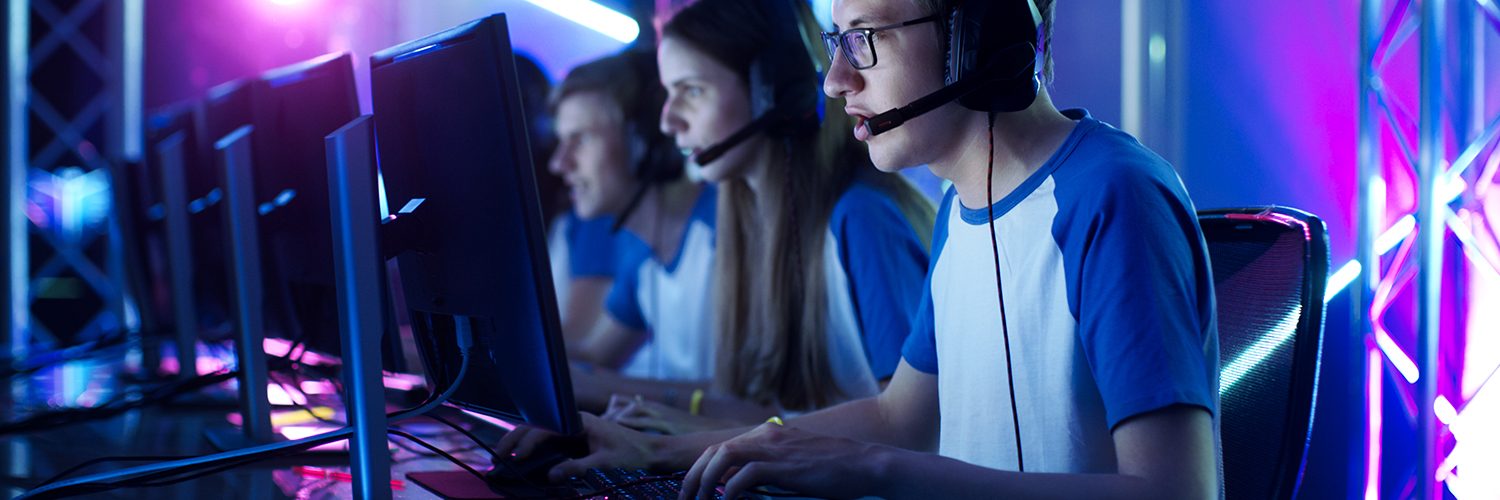To many of us, the world of esports is a completely foreign one. Some will be shocked to learn that not only do millions of people watch esports events through online streaming platforms, but official tournaments sell out arenas. Thousands of fans turn up to watch professional video gamers battle it out on stage for the chance to win millions of dollars in prize money.
It was eye-opening to read new research from FARE and the University of Queensland that highlighted the extent of unhealthy sponsorship in esports. A key point was that the absence of regulation and a young player base has presented an opportunity for alcohol companies to reach a vulnerable audience with their marketing.
Any new research that shines a light on marketing tactics tends to elicit howls from the alcohol industry. Unsurprisingly, there was pushback in response to the recent esports research. The main points put forward by the alcohol industry as to why the community shouldn’t be concerned about the proliferation of alcohol marketing in esports seem to be:
- The ABAC Responsible Marketing Code prohibits alcohol advertising on any platform that is aimed at minors, including video games; and
- Video games aren’t just for children – 77% of Australian video game players are aged 18 years or older.
Let’s unpack these contradictory arguments shall we?
In Australia, like many countries around the world, alcohol marketing is self-regulated by the alcohol and advertising industries. The main industry-run body that covers the content and placement of alcohol marketing is the Alcohol Beverages Advertising Code (ABAC) Scheme. It’s not difficult to find evidence that shows ABAC is pretty useless when it comes to protecting children and young people from exposure to alcohol marketing.
This uselessness is highlighted when we remember that the ABAC Responsible Marketing Code does not apply to ‘sponsorship’, including naming rights of events or teams, or the inclusion of brands and logos at venues or on uniforms. It’s yet to be tested to see if esports sponsorship would count as ‘sponsorship’. But given ABAC’s track record of being somewhat lenient on alcohol marketers, my guess is sponsorship in esports would sit outside the scope of the ABAC Code.
However, I’m willing to give ABAC the benefit of the doubt, and consider what would happen if it decided alcohol marketing in esports was covered by the ABAC Code. When it comes to esports, the relevant provisions are the placement rules. Among other things, these rules require alcohol advertisers to place ads only where the audience is reasonably expected to comprise at least 75% adults and avoid placing ads with programs or content primarily aimed at minors.
The industry pointed out that 77% of Australian video game players are over the age of 18. It’s a little amusing that the study they referred to actually highlights that ABAC wouldn’t cover alcohol marketing in esports, as the adult audience is over 75%. But that study looked at the usage of video and computer games played on computers, mobiles, tablets, and consoles. It seems unlikely that every person who plays any game across those devices (Words with Friends anyone?) also watches esports.
While it’s difficult to find information on the demographics of Australian esports viewers, data from the US indicates that 85% of viewers are over the age of 18. If the Australian figure is even remotely close to that, the ABAC rule requiring alcohol ads be placed where the audience is at least 75% adults has been met.
When it comes to the other provision, the key part the alcohol industry is conveniently leaving out of its commentary is that alcohol ads can’t be placed with content primarily aimed at minors. Given esports have a broad audience, they wouldn’t be classified as being primarily aimed at minors. It’s pretty safe to assume that the ABAC Code would prohibit an alcohol logo being placed on Dora’s backpack in a Dora the Explorer video game. However, it’s unlikely to have any impact on alcohol marketing placed in a game such as Overwatch (a combat game where the average age of a player is 22).
It didn’t take long to figure out that given the broad appeal of esports and the ABAC Code’s focus on programs and content that are ‘primarily’ aimed at minors, ABAC is highly unlikely to cover alcohol marketing placed in esports. FARE is right in calling this the Wild West – alcohol marketers can do what they want, with little consequence. As a result, children and young people are being bombarded with alcohol marketing that isn’t being monitored. Even if only 15% of the audience is under the age of 18, that’s a whole lot of kids when the overall number of viewers is in the millions.
Of course, this is just my interpretation of how the ABAC Code would be applied to alcohol marketing in esports. I’d be happy to be proved wrong … but I have a feeling the alcohol industry won’t be jumping at the chance to do that. My feeling is the industry won’t want to stop promoting their products to the millions of viewers who watch esports, including children.








Add comment